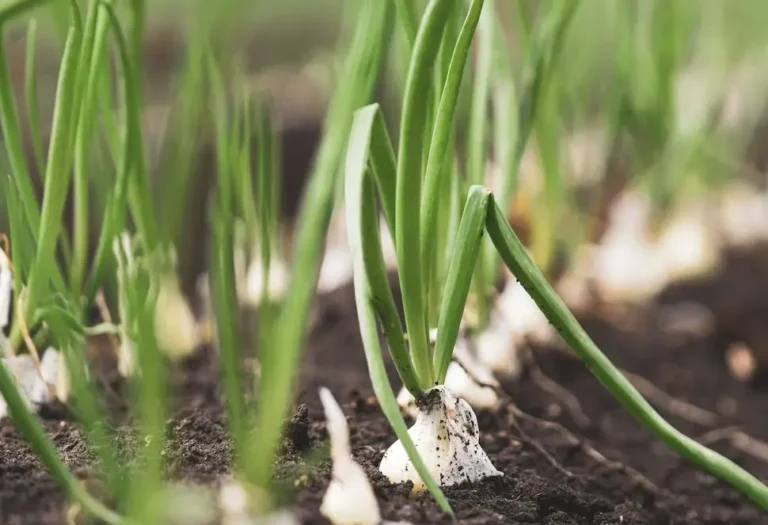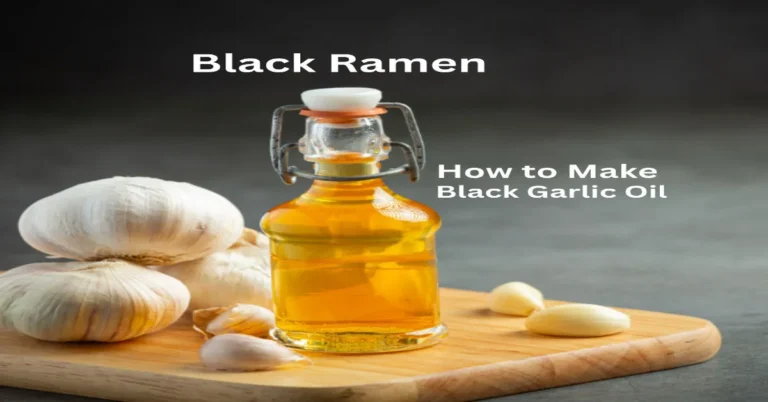The Complete Guide to Elephant Garlic
Did you know that Elephant Garlic is actually intimate cousins with leeks? Although it has some similarities and differences, when compared to regular garlic. It contains leeks, contains a tall flowering stalk with flat leaves but has a bulb that forms large garlic-like cloves.
The process of growing elephant garlic is almost the same as regular garlic. With careful planning, you can plant it in your garden or in a container. It thrives with proper care if cured and stored correctly, it can be stored up to 10 months after proper harvesting.
In this blog, we’ll cover everything from Planting and Harvesting, to Storage tips for Elephant garlic. Whether you are a seasoned gardener or just starting out, you’ll find valuable information to help you cultivate this delicious and versatile bulb.
Everything You Need to Know About Elephant Garlic
Explore everything about elephant garlic.
What Exactly is Elephant Garlic
Elephant garlic is known for its large bulb, which can be as big as a baseball and may have up to six large cloves. It has a wide range of culinary uses like roasting, grilling, or making garlic bread due to its mild flavour. Additionally, Elephant garlic has the potential to put out quite an attractive flower spike, reaching up to five feet tall. It also does not have as strong flavour as regular garlic.
Elephant Garlic: A Nutritional Powerhouse
Elephant garlic is a type of leek, not true garlic. However, it is similar in appearance and has a milder garlic flavor. Jumbo garlic is also a source of vitamins E, C, A, and B6. Additionally, it contains a huge amount of minerals like manganese and phosphorus.
Elephant garlic compounds have antioxidant properties that may help protect cells from damage. It is researched that elephant garlic may have potential health benefits; it may reduce inflammation and boost the immune system.
How to Plant Elephant Garlic
- Take an elephant garlic bulb and separate each bulb individually into cloves.
- Plant each clove into well-prepared weed-free soil, with its pointed end up.
- Make small holes (5cm-deep) in the soil, spaced 30cm apart, with rows 30cm apart.
- Place one clove per hole, ensuring the blunt end is down and the sharp end is facing upwards.
- Ensuring water regularly, especially during dry periods (when the soil is dry about 5cm below the surface).
- To minimize fungal infection risks in the plants, water deeply in the early morning or late afternoon, ensuring the leaves remain dry.
- Fertilize with a balanced fertilizer in the early growing season.
The Best Time to Plant Elephant Garlic
Growing elephant garlic is quite simple. Knowing when and where to plant is crucial for a successful harvest. The best time to plant elephant garlic actually depends on the climate where you live.
For Mild Climates (USDA Hardiness Zones 7-10):
- Fall planting (October-November): This is an ideal time for planting elephant garlic. You can grow in the fall before the frosts are expected. It allows the bulbs to establish before the cold weather sets in.
For Cold Climates (USDA Hardiness Zones 3-6):
- Spring planting tenure usually starts from March to April: You can plant in late winter or early spring. It is more suitable to avoid frost damage. However, the bulbs may not be as large as expected in the fall.
Always consider your area’s specific climate and local frost dates, which can actually help you determine the best time to plant.
How To Grow Elephant Garlic In Containers
You can grow elephant garlic in pots or containers as part of your vegetable, even if you have a small space in your garden. Make sure to choose a large outdoor planter, having four to six inches deep and wide enough to give each clove at least 8 inches of space. The planting time of cloves should be the same as for planting them in the ground.
Fill the container with a high-quality compost and push the cloves directly into the soil. Ensure the soil is placed in a sunny spot in your backyard. One disadvantage of growing elephant garlic in containers is that the plant will require a lot of watering over its long growing season.
When is Elephant Garlic Ready to Pick?
Garlic has a long growing season. It is typically harvested 8-10 months after planting. Harvesting elephant garlic relies on the same principles as regular garlic. You can consider some important factors for a successful harvest. These factors will help you to identify the exact time of elephant garlic harvesting:
- Yellowing leaves: As the garlic matures, the leaves of plant will begin to turn yellow and wither.
- Bulbs are firm: They need to be firm but heavy when gently squeezed.
Once you notice all these signs in your plant, then you can assume it’s time to start harvesting.
How to Pick Elephant Garlic: Ensure a Great Harvest
- Dig up the bulbs: Carefully start digging and Lift the plants out of the soil with a garden fork or spade. Avoid damaging the bulb.
- Remove the soil: Shake off any excess soil from the bulbs.
- Cure the bulbs: Spread the bulbs out in a single layer in a well-ventilated area where you can start curing. Allow them to dry for several days until the outer skin of garlic becomes tough and papery.
After curing, get ready to store it for later. Start by snipping off the roots and trimming the stalks. Then, find a cool spot, around 45 to 55 degrees Fahrenheit. This will keep your garlic fresh and ready to use for up to 10 months!.
If you want to learn about regular harvesting in detail then visit at When and How to Harvest Garlic
Elephant Garlic VS. Regular Garlic
Elephant garlic looks like regular garlic, both are members of the Allium family. However, Elephant garlic is closely related to leeks, though. It is a biennial plant with leaves much like those found commonly on leeks: broad, flat, and folded. There are some key differences which are discussed below.
- Size: As the name suggests, elephant garlic form much larger bulbs than regular garlic bulbs.
- Flavour: Elephant garlic has a milder, sweeter flavour than the pungent taste of regular garlic.
- Usage: Elephant garlic is often used for cooking larger dishes like roasts or soups due to its size and milder flavour. Regular garlic is more versatile and can be used in a variety of dishes.
Conclusion
Elephant garlic offers a unique cooking experience, because of its large size and milder, sweeter flavor. Its versatility allows it to be used in a variety of dishes, from savory to sweet. Additionally, its potential health benefits, such as antibacterial and antifungal properties, make it a valuable addition to your diet.
Growing Elephant garlic is quite easy, and you can enjoy a bountiful harvest of this flavourful ingredient in your garden. Whether you’re a seasoned gardener or just starting out, you can successfully cultivate with proper care and minimal attention.
FAQs
Q1. What is another name for elephant garlic?
Alternative names of elephant garlic are jumbo garlic, giant head garlic, or Tahiti garlic.
Q2. What is the size of jumbo garlic?
Jumbo garlic bulbs are larger than regular garlic bulbs. Jumbo Size – Jumbo planting size 2.25″+, but most fall right around 2.25″ and can get to 2.75+” but the super jumbo are rare.
Q3. When is the elephant garlic festival?
Always the 2nd Weekend in August. This Festival attracts people to North Plains and generates continued growth and enthusiasm for community.
Q4. What is the difference between elephant garlic seeds and black garlic?
Both seeds are types of garlic; “elephant garlic seed” refers to the seed of a large, mild garlic variety with bigger cloves. The elephant garlic seeds come in green color. While “black garlic seed” is not a true seed. It is a regular garlic clove that has been aged to produce a deep black color and a milder, sweeter flavor.






